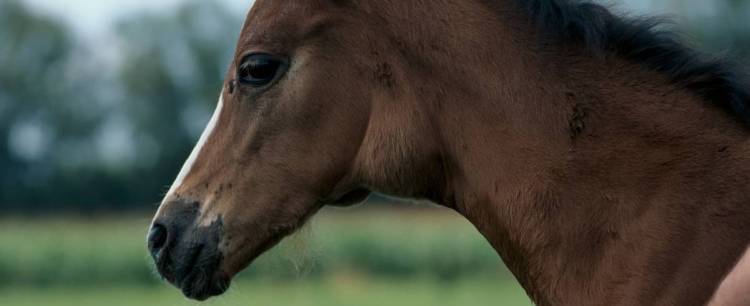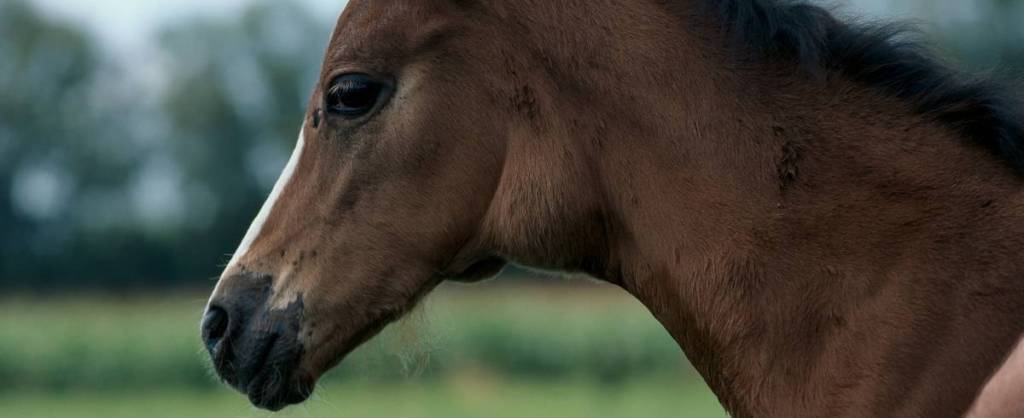Thursday 19th April, 2018

Infection control must be the main priority in any stable yard, especially one that has a high turnover of occupants. One of the most common equine infections is Strangles, a highly infectious disease that can cause chaos if not treated quickly. Here we look at the signs and symptoms and how to treat it.
Strangles is an upper respiratory tract infection caused by a bacterium called Streptococcus equi. Infected horses present with symptoms including high temperature, loss of appetite and/or difficulty eating, thick yellow nasal discharge, coughing, and hot swellings along the jawline, head and neck. In extreme cases, these swellings may rupture and depending on the position of the swellings, the horse may experience breathing difficulties, hence the name.
The infection is spread through direct contact between horses, equipment and environment. The incubation period is anywhere from 3-14 days, making strangles prevention extremely difficult. The bacterium can lay dormant in carriers, who appear outwardly healthy with no symptoms at all. These horses develop infectious chondroids (dried balls of pus) that often collect in the guttural pouches. Although they are asymptomatic, these carriers can spread the bacterium through normal respiration, coughing, sneezing and direct contact.

In the event of an outbreak, the horse must be isolated from the rest of the yard. Strict biosecurity measures such as foot dips and disposable protective clothing can prevent further spread. Seek veterinary advice, especially if the horse presents with ruptured abscesses or difficulty swallowing or breathing. Strangles itself is not a notifiable disease, however, it is good practice to notify nearby yard owners of an outbreak.
Prevention is better than cure when it comes to treating and management of Strangles. Vaccination and stable infection control are key. Horses should always have their own equipment, including feeding buckets, hay nets and grooming kit as part of good stable management. Quality stables with good drainage and rubber matting facilitate easy deep cleaning in between occupants. If you frequently have new horses coming into your yard then it is advisable to quarantine them for 6 weeks. During this time, blood testing will confirm the presence of Strangles before the horse is introduced to the main yard.